
Many dogs used for laboratory research are euthanized when they are no longer needed; others are rehomed into private households. But how well do they adapt to their new homes?
Dr. Pendergrass received her DVM degree from the Virginia-Maryland College of Veterinary Medicine. Following veterinary school, she completed a postdoctoral fellowship at Emory Universitys Yerkes National Primate Research Center. Dr. Pendergrass is the founder and owner ofJPen Communications, a medical communications company.

Many dogs used for laboratory research are euthanized when they are no longer needed; others are rehomed into private households. But how well do they adapt to their new homes?

Researchers studied whether overly attentive parenting would help or hinder a dog’s chances of becoming a guide dog.

A One Health framework between human and veterinary healthcare professionals provides a novel approach to treating and preventing obesity in pets and humans.

Researchers considered whether adult-directed speech, infant-directed speech, or pet-directed speech (so-called happy talk) elicits greater attentiveness in dogs, providing evolutionary insight into the human-dog relationship.

The inhibitory protein known as SET plays an important role in canine mammary tumor progression.

Fibroblast growth factor 23, a protein that regulates phosphate homeostasis, increases in canine chronic kidney disease and is associated with serum phosphorus.
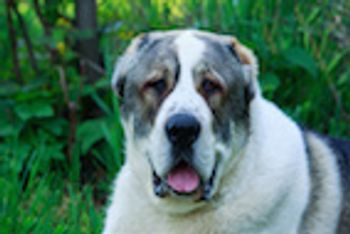
Researchers have identified a genetic mutation responsible for recessive dystrophic epidermolysis bullosa in Central Asian Shepherd dogs.
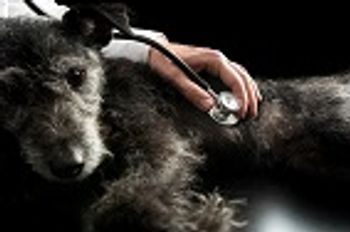
Genomic material found in extracellular vesicles could be important biomarkers for myxomatous mitral valve disease in dogs, opening the door for innovative treatment approaches for this disease.

Collagen fibers can predict survival outcome in female dogs with mammary carcinoma.

Fecal extraintestinal pathogenic E. coli from chickens may infect humans and poultry, causing severe disease and significant economic losses.

After hearing negative emotional sounds from dogs or humans, dogs demonstrated emotional contagion by matching the emotional state of the sound.

Researchers discovered 3 distinct avulaviruses in Antarctic penguins, suggesting that Antarctic penguins may carry multiple avulavirus species.

A recent study has provided insight on the cutaneous bacterial microbiota of healthy cats and cats with allergic skin disease.

Ancient DNA analysis reveals clues about how cats dispersed throughout the ancient world and became domesticated.

In a recent study conducted in Austria, dogs only minorly influenced children’s reading performance—a surprising difference from previous studies on dog-assisted reading performance in children.

Rabbit hepatitis E virus (HEV) was detected in human patients infected with HEV, highlighting the zoonotic potential of this virus.

Clostridium perfringens was highly concentrated in animal protein–rich poultry feed ingredients and demonstrated high sensitivity to several antibiotics.

Contrast-enhanced ultrasonography demonstrated usefulness as a diagnostic aid for noncardiac thoracic lesions in dogs and cats.

Dog ownership, particularly dog walking, can improve physical activity in older adults.

A research team from the University of Cambridge has developed an automated system that uses facial recognition to detect and assess pain in sheep.

Results from a survey conducted in Uganda revealed that poverty level heavily influences dog ownership and canine rabies vaccination coverage in that country.

A literature review reveals the effects of enriched foods on a number of health conditions affecting dogs and cats.

Computed tomography has potential for evaluating the canine prostate, potentially adding to the tools that can assist practitioners with the diagnosis of prostate disease.
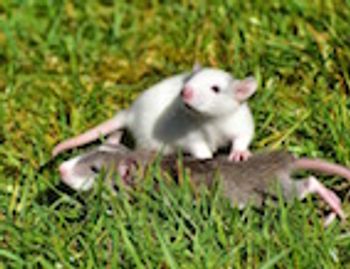
The rat grimace scale is a reliable way to determine pain levels in rats following surgical experimental procedures.

Bullying — a common problem among health care workers — is detrimental to both employee morale and your bottom line. Here’s what you need to know.

Orbital implant placement and standing position significantly increase the risk for surgical site infection following transpalpebral enucleation in horses.

Two circulating microRNAs have shown potential as diagnostic and prognostic biomarkers for an array of canine cancers.

At ACVIM 2017, Dr. Lisa M. Freeman presented results of a study evaluating quality of life for owners of dogs with heart disease.
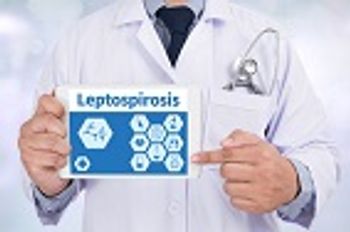
A team of Swiss researchers set out to evaluate the serologic response of dogs to vaccination with to Nobivac L4, and to determine whether clinical signs or changes in hematology, blood biochemistry, or echocardiography occurred after vaccination.
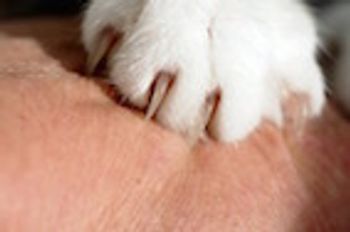
A team of researchers has found that declawing domestic cats can lead to some unexpected adverse outcomes.